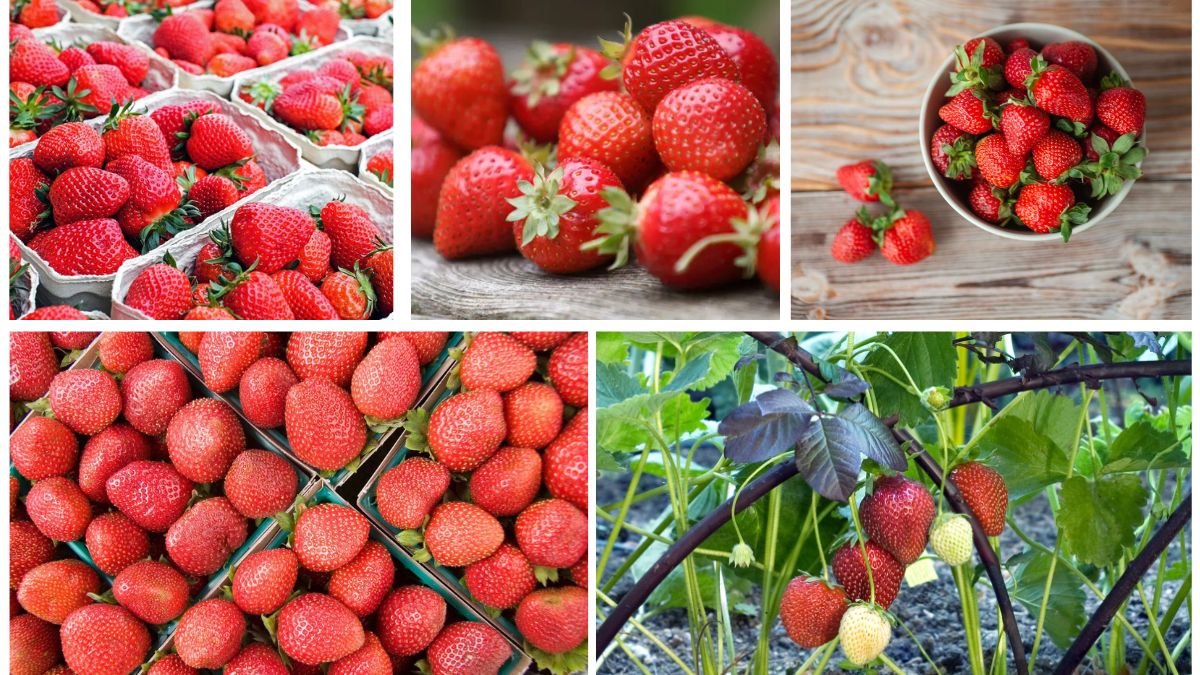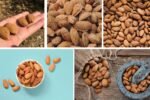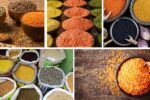Strawberries (Fragaria × ananassa) are one of the world’s most beloved fruits, cherished for their sweet, juicy flavor, vibrant red color, and impressive nutritional profile. They are enjoyed fresh, frozen, in desserts, jams, beverages, and even as flavoring in cosmetics and health products.
But among all strawberry-producing nations, which country leads the world in production? The answer is the United States, a country renowned for its advanced agricultural practices, ideal growing regions, and high-yield strawberry farms. This article explores the U.S.’s dominance, other major producers, global trade, and the fruit’s nutritional, cultural, and economic significance.
Understanding Strawberries
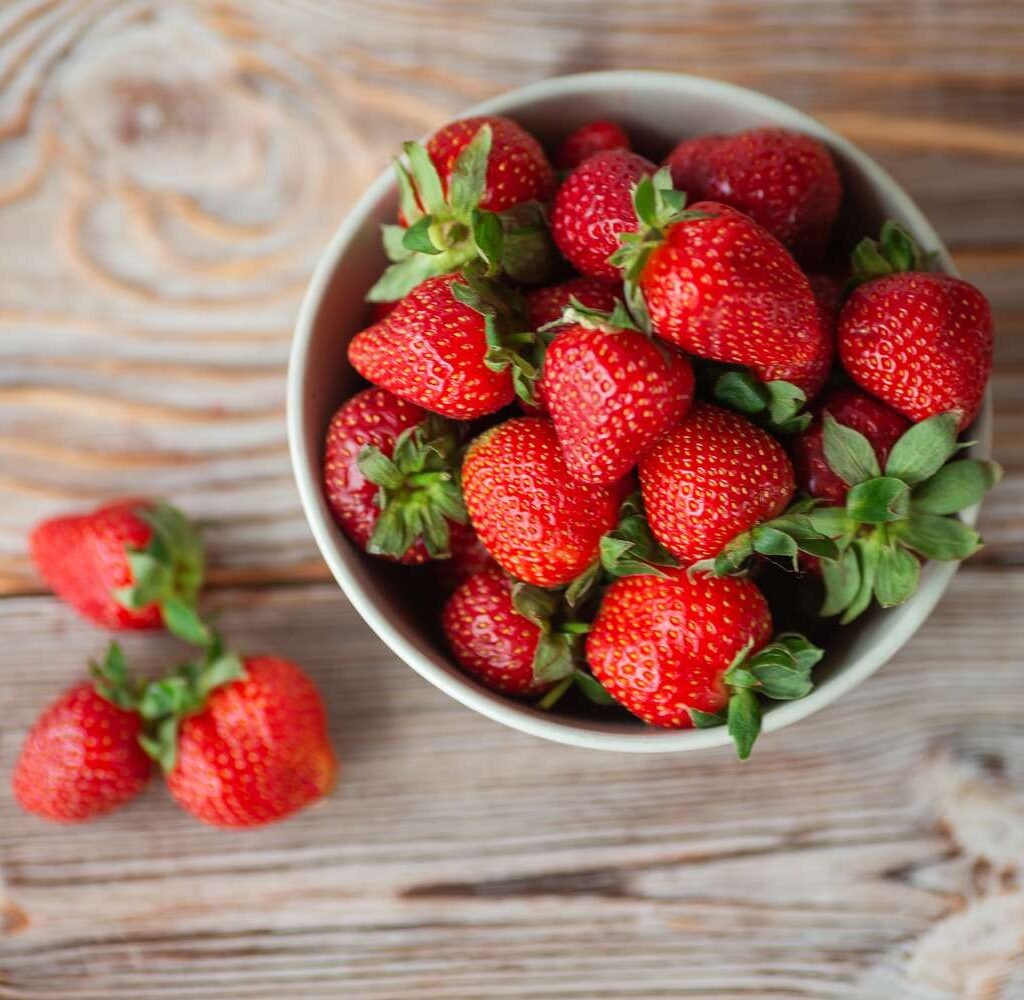
Strawberries are small, heart-shaped fruits that grow close to the ground on perennial plants. Their unique flavor and nutritional benefits have made them a staple in diets worldwide.
Key Features:
- Varieties: Hundreds of cultivars exist, including Chandler, Albion, Seascape, Camarosa, and Sweet Charlie, adapted for different climates and purposes.
- Flavor: Sweet, tangy, and aromatic, varying with variety, ripeness, and growing conditions.
- Uses: Consumed fresh, frozen, in jams, jellies, desserts, beverages, and baked goods.
- Nutritional Benefits: Rich in vitamin C, manganese, folate, fiber, and antioxidants.
- Health Benefits: Supports heart health, boosts immunity, promotes skin health, improves digestion, and has anti-inflammatory properties.
Strawberries thrive in temperate climates with full sun, well-drained soils, and adequate moisture. With proper care, strawberry plants can produce fruit for several years, although commercial farms often replant annually for maximum yield.
United States: The Global Leader in Strawberry Production
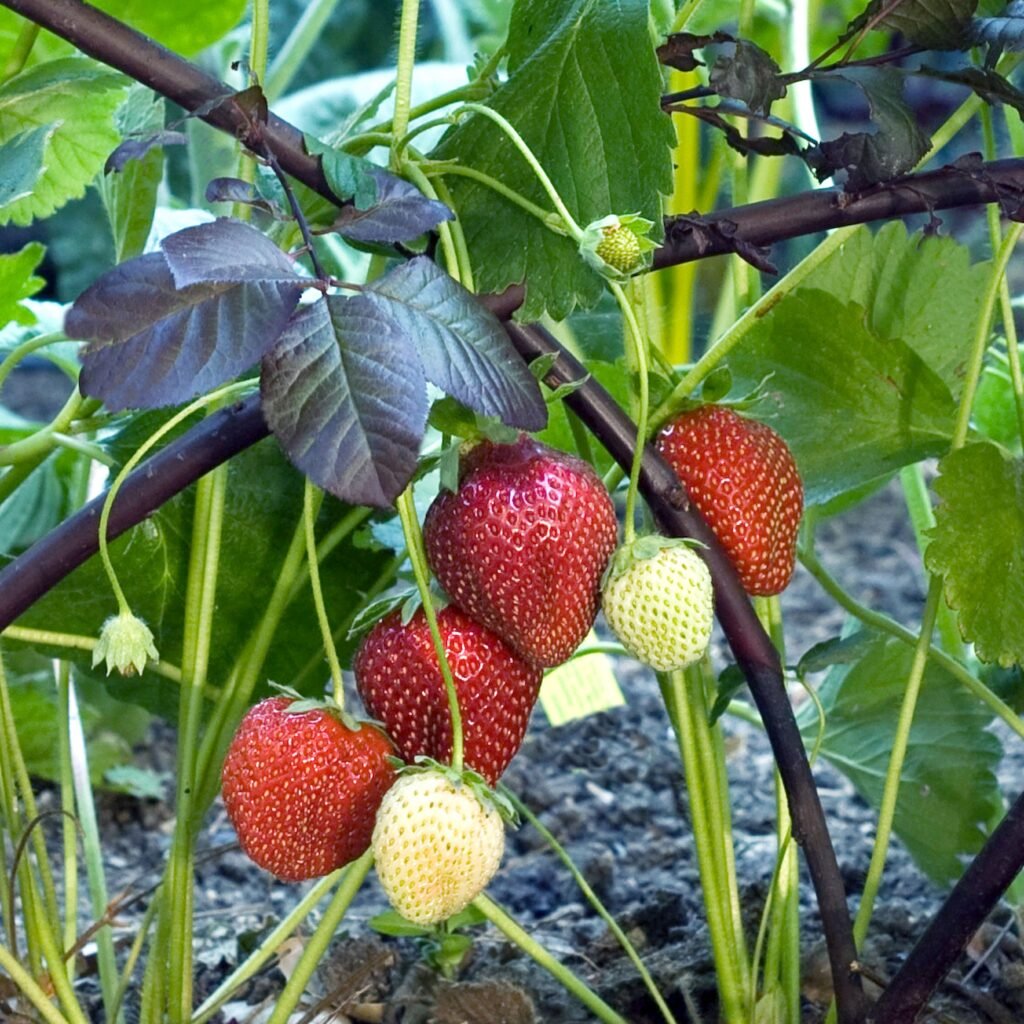
Production Scale
The United States is the largest producer of strawberries globally, accounting for approximately 20% of worldwide production. According to the Food and Agriculture Organization (FAO), the U.S. produces over 1.5 million metric tons of strawberries annually.
Factors Behind U.S. Dominance
- Ideal Climate and Geography
California dominates strawberry production, particularly the coastal regions like Santa Maria, Oxnard, Watsonville, and Salinas. These areas offer mild winters, sunny days, and cool nights—perfect for strawberry cultivation. Florida contributes as a major winter producer, supplying strawberries to the U.S. market from December to March. - Advanced Agricultural Practices
American strawberry farms utilize modern techniques such as drip irrigation, greenhouse cultivation, plastic mulch, integrated pest management, and high-yield varieties. These innovations ensure year-round supply, optimal fruit quality, and higher productivity. - Varietal Selection
The U.S. cultivates a range of strawberry varieties to meet domestic and export demand:- Chandler and Camarosa: Popular in California for fresh markets.
- Albion: Known for firmness and sweetness; widely used in processed products.
- Florida varieties: Sweet Charlie and Festival, optimized for winter harvests.
- Domestic and Export Markets
Most U.S. strawberries are consumed domestically, either fresh or processed. Exports include fresh berries, frozen berries, and strawberry-derived products to Canada, Mexico, and other countries. - Year-Round Production
With California producing in spring and summer and Florida in winter, the U.S. ensures a continuous domestic supply throughout the year.
Other Major Strawberry Producers
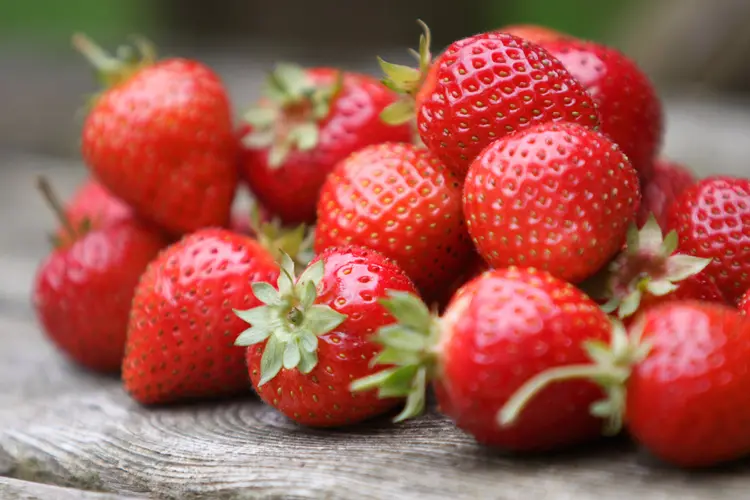
While the United States leads, several other countries contribute significantly to global strawberry production:
1. Mexico
- Annual Production: Approximately 350,000–400,000 metric tons.
- Highlights: Supplies fresh strawberries mainly to the United States, especially during off-seasons. Mexican strawberries are grown in Baja California, Michoacán, and Guanajuato.
2. Spain
- Annual Production: Around 300,000–350,000 metric tons.
- Highlights: Huelva in Andalusia is the heart of Spain’s strawberry production; exports primarily to European countries.
3. Turkey
- Annual Production: Approximately 200,000–250,000 metric tons.
- Highlights: Grows strawberries mainly for domestic consumption; production is concentrated in the Marmara and Aegean regions.
4. Poland
- Annual Production: Roughly 150,000–200,000 metric tons.
- Highlights: Poland produces strawberries for domestic markets and the European frozen fruit industry.
5. Other Countries
- South Korea, Japan, Egypt, and Germany also contribute significantly to strawberry production, catering to domestic consumption and regional trade.
Global Strawberry Market and Trade
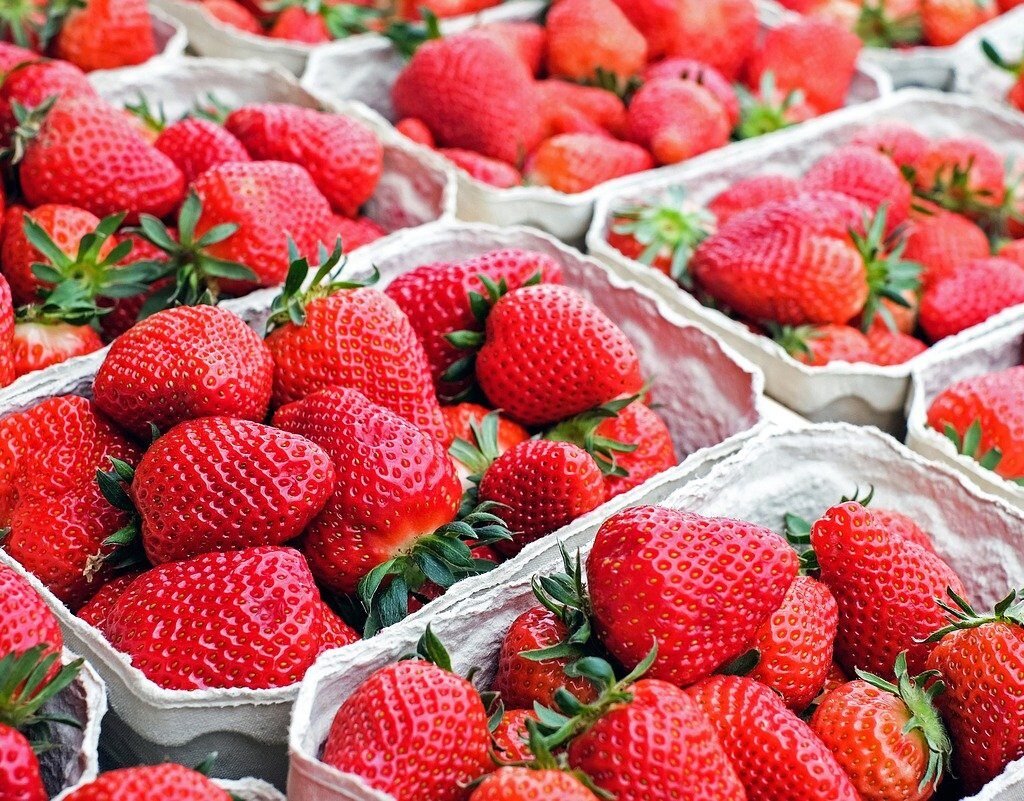
Strawberries are highly valued in international markets due to their taste, nutritional benefits, and versatility:
- United States: Largest producer; supplies fresh and processed strawberries to domestic and export markets.
- Mexico: Major winter supplier to the U.S., helping maintain year-round availability.
- Spain and Poland: Significant suppliers of fresh and frozen strawberries to Europe.
- Global Trends: Rising demand for fresh, organic, and frozen berries is boosting global trade.
Technological advances in refrigeration, cold storage, and logistics have enabled strawberries to reach distant markets while retaining freshness and quality.
Nutritional and Health Benefits of Strawberries
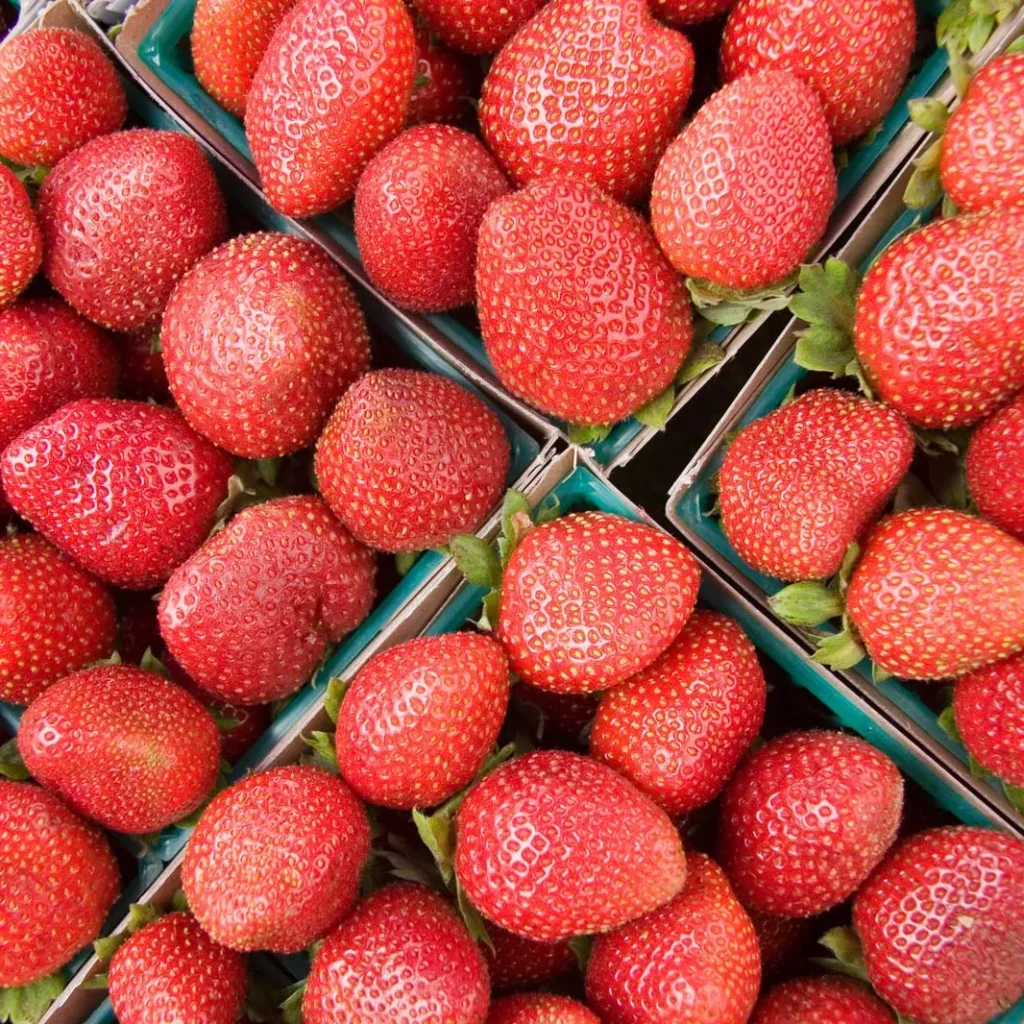
Strawberries are not only delicious but also packed with nutrients:
- Vitamin C: Boosts immunity, promotes collagen production, and acts as an antioxidant.
- Folate: Supports DNA synthesis and cell health.
- Fiber: Aids digestion and promotes satiety.
- Polyphenols and Antioxidants: Reduce inflammation, protect heart health, and combat oxidative stress.
- Low Calorie: Suitable for weight management and healthy snacking.
- Manganese and Potassium: Support bone and cardiovascular health.
Consuming strawberries regularly supports overall wellness, making them a favored fruit in diets worldwide.
Culinary and Cultural Significance
Strawberries hold an important place in global cuisine and culture:
- United States: Used in desserts like shortcakes, pies, smoothies, jams, and sauces; celebrated during strawberry festivals in spring and early summer.
- Europe: Consumed fresh, in desserts, tarts, jams, and beverages. Spain’s Huelva strawberries are renowned for quality and flavor.
- Asia: Japan cultivates premium strawberries, often given as gifts; used in desserts and confections.
- Global Trend: Strawberries are popular in beverages, salads, baking, ice creams, and as flavorings in health and beauty products.
Culturally, strawberries symbolize sweetness, celebration, and health in various parts of the world.
Challenges in Strawberry Cultivation
Despite being resilient, strawberry production faces several challenges:
- Climate Sensitivity
Strawberries are susceptible to frost, heat stress, and excessive rainfall, which can affect flowering and fruit set. - Pests and Diseases
Aphids, spider mites, botrytis (gray mold), powdery mildew, and nematodes threaten yield and quality. - Labor Intensity
Harvesting strawberries requires careful handpicking to prevent bruising, making labor costs significant. - Market Fluctuations
Seasonal price changes and competition from global producers influence profitability for farmers.
Modern farms use integrated pest management, mulching, drip irrigation, and greenhouse cultivation to mitigate these challenges.
The Future of Strawberry Production
- Rising Global Demand
Increasing health awareness, organic produce trends, and the popularity of fresh berries drive strawberry consumption worldwide. - Value-Added Products
Strawberry jams, juices, sauces, frozen berries, and functional foods are expanding market opportunities. - Technological Advancements
Greenhouse cultivation, vertical farming, precision agriculture, and improved disease-resistant varieties are boosting yields and quality. - Emerging Producers
Countries in Asia, Africa, and South America are expanding strawberry cultivation to meet global demand, with innovative farming practices.
Final Thoughts
So, which country leads in strawberry production worldwide? The answer is the United States, producing over 1.5 million metric tons annually, with California and Florida as key production hubs.
Other major producers include Mexico, Spain, Turkey, and Poland, while emerging regions in Asia and South America are expanding cultivation to satisfy rising global demand.
With their sweet flavor, vibrant color, and nutritional benefits, strawberries continue to be a favorite fruit worldwide. The United States’ leadership ensures a steady supply of fresh and processed strawberries, making it the undisputed global leader in strawberry production.
